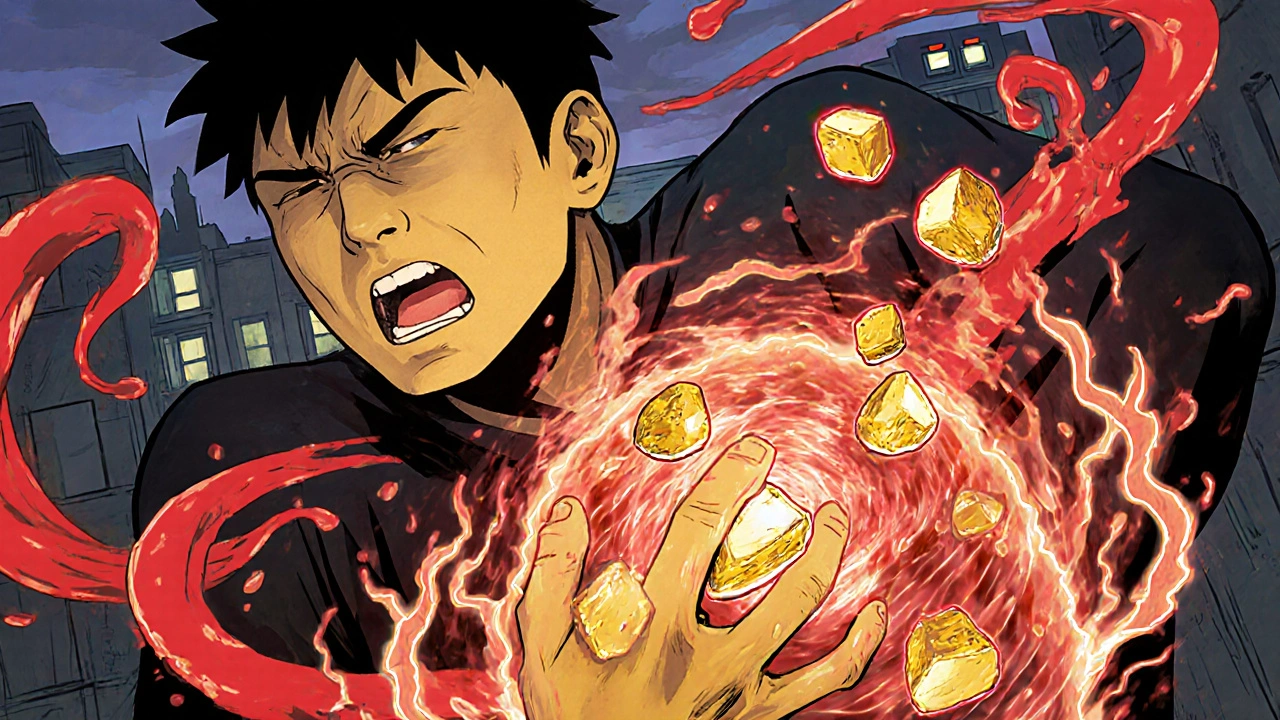ERCP: What It Is, How It Works, and What Conditions It Treats
When your doctor suspects a blockage in your ERCP, a minimally invasive procedure that combines endoscopy and X-ray imaging to examine and treat the bile ducts and pancreatic duct. Also known as endoscopic retrograde cholangiopancreatography, it’s not a surgery—but it can fix problems that would otherwise require one. This isn’t just a diagnostic tool. It’s a treatment platform. If you’ve been told you have gallstones stuck in your bile duct, or your pancreas is inflamed for no clear reason, ERCP might be the answer.
It works by threading a thin, flexible tube with a camera through your mouth, down your esophagus, and into the small intestine. From there, the doctor locates the opening where the bile and pancreatic ducts meet the intestine. A tiny catheter is inserted, dye is injected, and real-time X-rays show exactly where the blockage is. Need to remove a stone? A small tool can grab it. Is the duct narrowed? A balloon or stent can open it up. This happens all in one session—no large incisions, no long hospital stays.
ERCP is closely tied to conditions like bile duct, the tubes that carry digestive fluid from the liver and gallbladder to the small intestine obstructions, pancreas, the organ that produces enzymes for digestion and insulin for blood sugar control inflammation, and tumors affecting these areas. It’s often used when ultrasounds or MRIs can’t give a clear picture. If you’ve had unexplained jaundice, severe abdominal pain, or abnormal liver tests, ERCP might be the next step.
It’s not without risks—infection, bleeding, or pancreatitis can happen—but for many, the benefits far outweigh them. Unlike surgery, it’s often done as an outpatient procedure. Recovery is quick. And because it fixes the problem during the test, you don’t need a second appointment just to remove that stone or open that duct.
The posts below dive into how ERCP fits into real-world care. You’ll find comparisons with other diagnostic methods, what to expect before and after the procedure, how it helps patients with gallstones or chronic pancreatitis, and when it’s the best choice over surgery or imaging alone. Whether you’re a patient preparing for ERCP or just trying to understand why your doctor recommended it, these guides cut through the jargon and give you the facts you need.

Gallbladder and Biliary Disease: Understanding Stones, Cholangitis, and ERCP
Gallbladder stones, cholangitis, and ERCP are key parts of biliary disease. Learn how stones form, when they become dangerous, and how ERCP treats blocked bile ducts-with real stats, patient experiences, and updated 2025 guidelines.